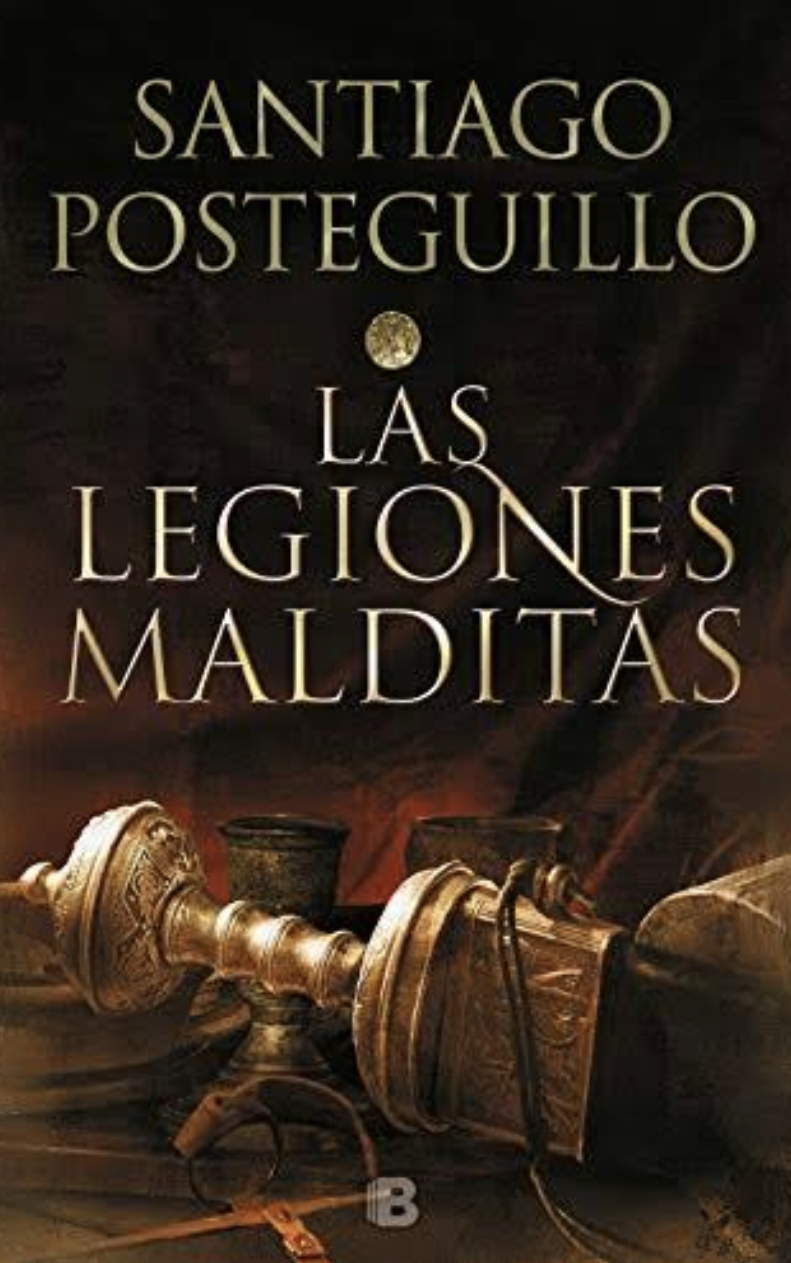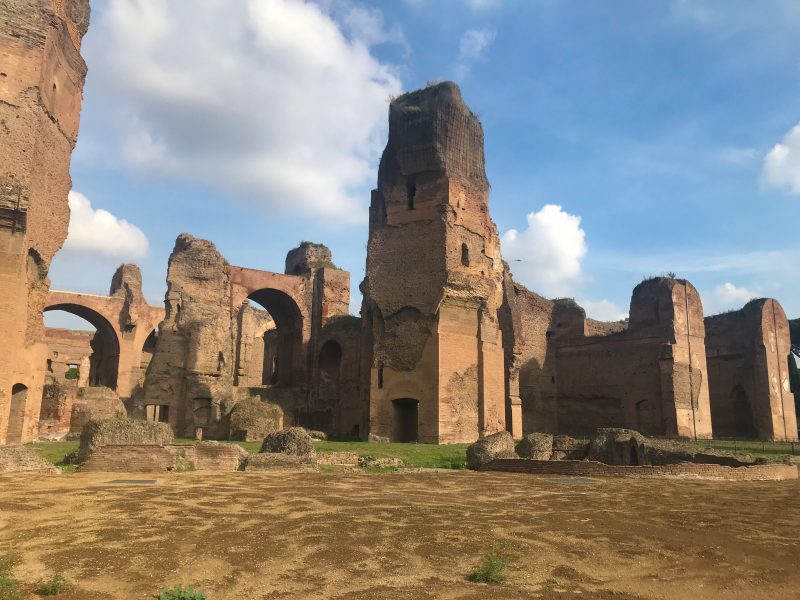
Did you like the previous post? I hope you did as this time, going back to the Coliseum as starting point I’ll take you to its left, where there’s the great & magnificent Constantine Arch. The most modern of the triumphant arches, with the peculiarity that it was built with materials of plundered buildings. I caught it looking at me sideways at twilight.
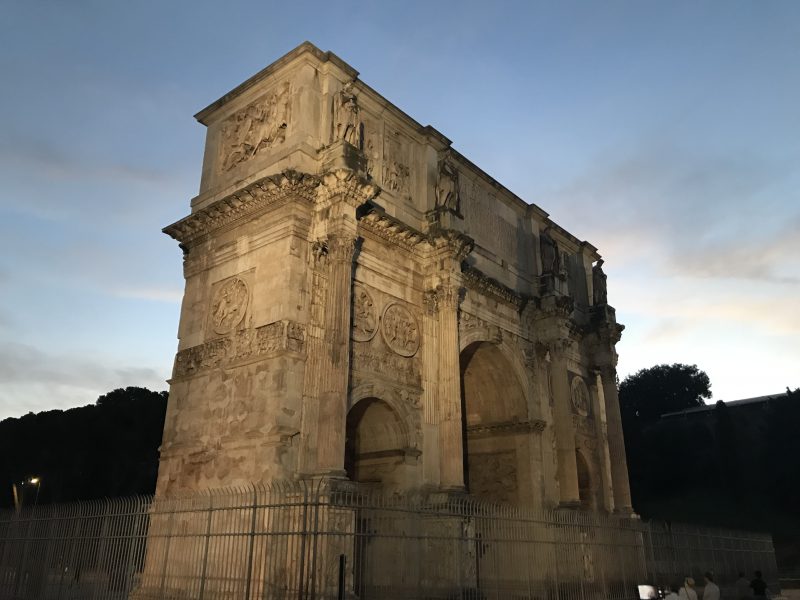
On that street we’ll pass in front of the entrance of the Palatine, which I imagine you’ll visit the same day as you do the Coliseum. From there we’ll reach the Circo Massimo. In this side is where we can find the few ruins which remain of the long circus, you can admire them from the street balcony o pay 5€ & walk around them.
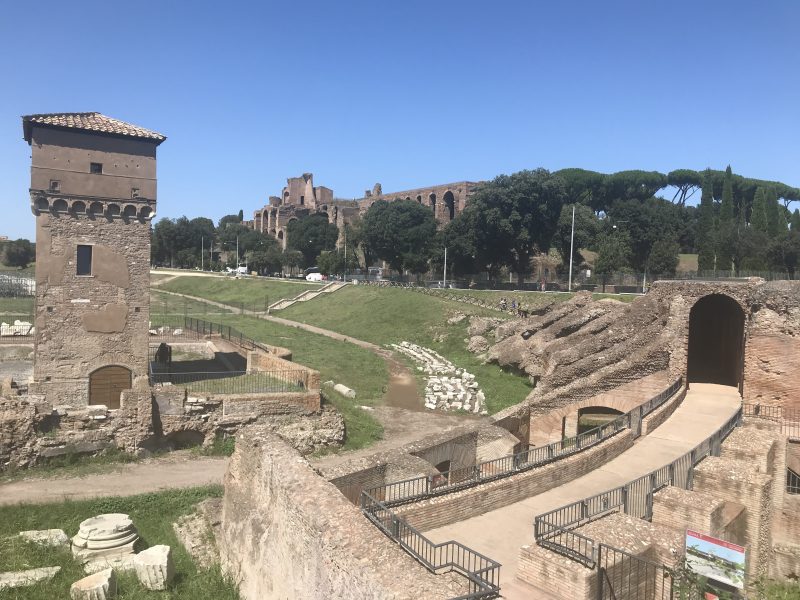
If you take a 180º turn & start walking on Viale delle Terme di Caracalla, you’ll arrive to the baths of Caracalla. They stand impressive at your right. Check the timetable before you visit them, I went on a Monday, they close at 14, I was late & had to come back another day.
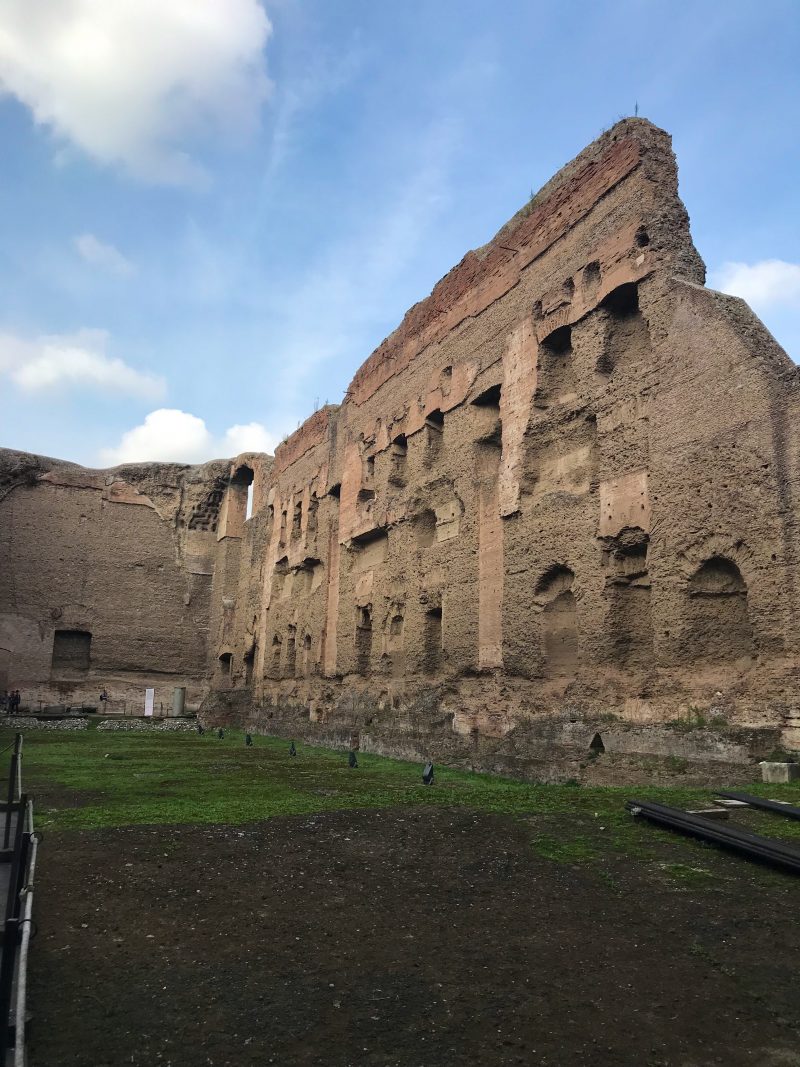
The entrance is 9€ & the audio guide 5€. I hired one & I recommend you to do so, it´s totally worth it.
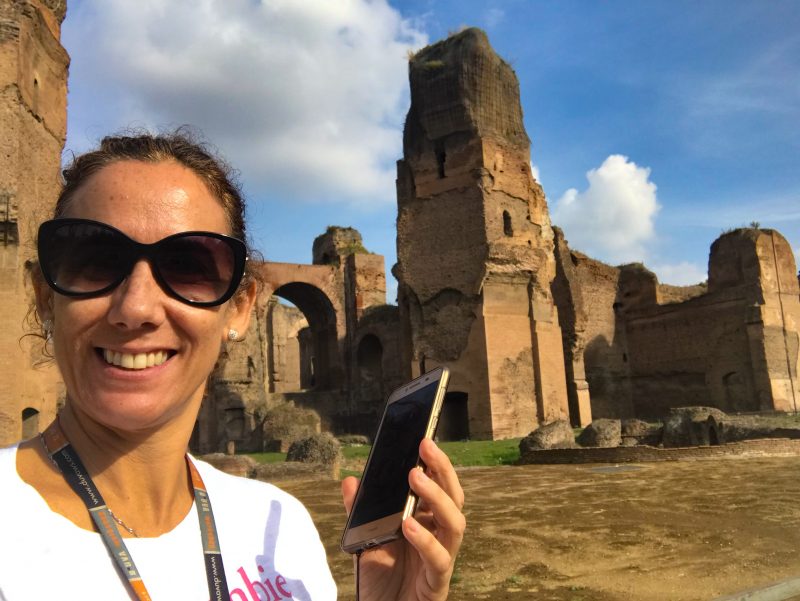
I was greatly impress as I stepped in, they are so big, really one of the largest & well preserved complexes of antiquity. As I was learning about them, the more impressive I thought they were. The fact that between 8000 & 10000 people used them daily made my imagination get lost between its walls.
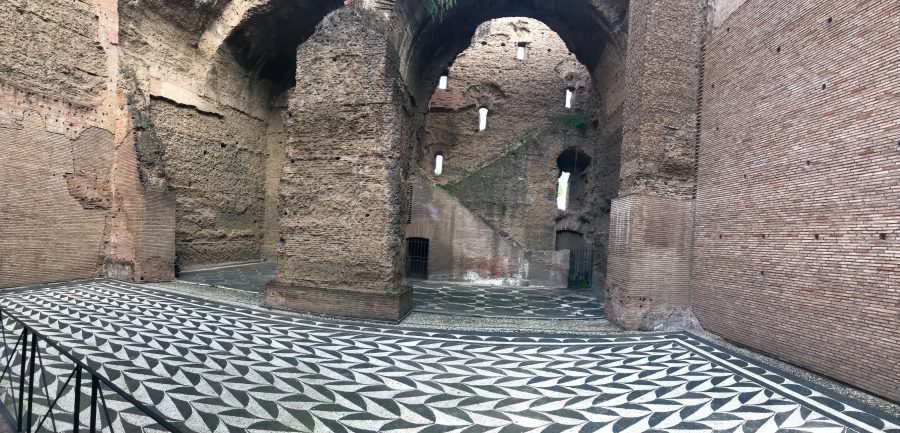
They were built by emperor Caracalla in AD 212 & closed down in AD 537 during the siege of the Goths, when they cut the water supply.
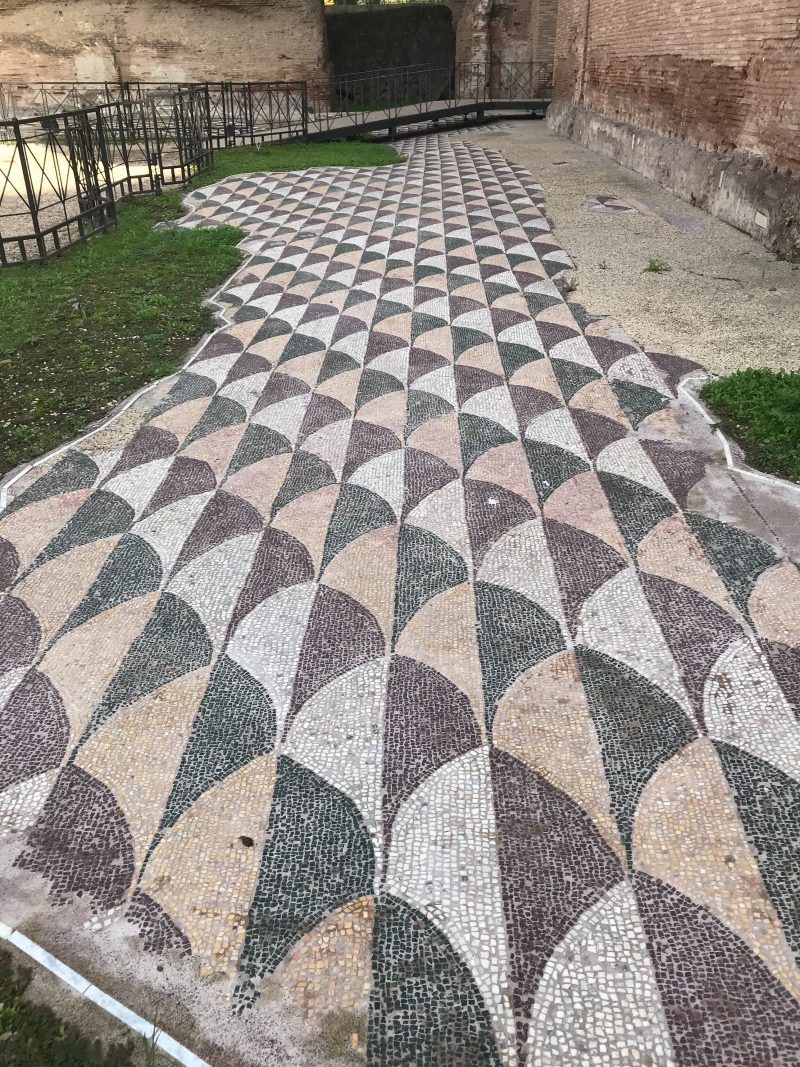
After a couple of hours lost between pools, dressing rooms & mosaics, I walked to the bus stop number 118, it’s passed the baths & starts at the Coliseum. From there I headed to the Catacombes di San Callisto.

The entrances costs 8€, after buying it I placed myself on the queue for the Spanish tour guide, who very kindly led us in front of a mural, there he gave us an introduction of what we were going to see.
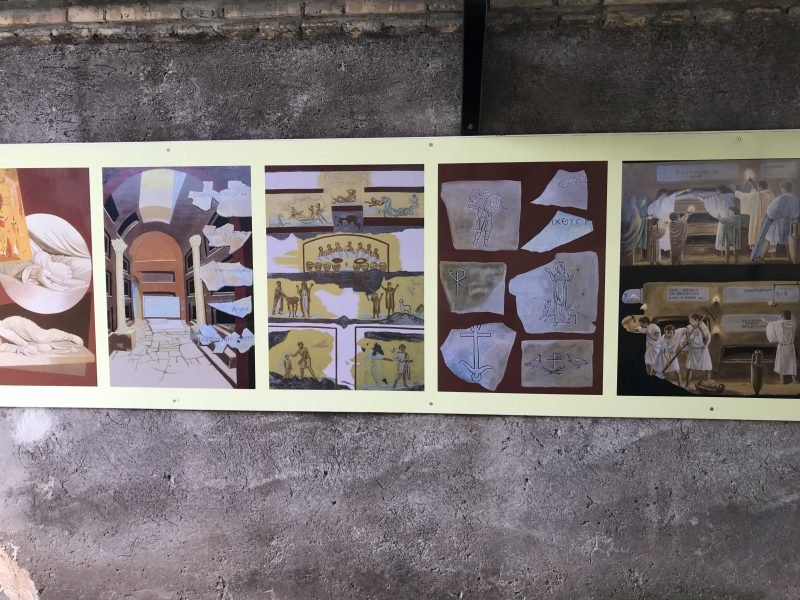
We entered the cold undergrounds, fifteen hectares of land is what they occupied in the antiquity, a scheme of well looked after corridors would take family members to visit they loved ones. Pictures are not allowed inside.
They were the official Christian cemetery in the 3rd century. They say the first Christian altars appeared there, where they’d get together to pray. Around 500.000 Christians were buried in these grounds, including sixteen popes.

The entangled catacombs were built twenty metres below ground, underneath the Via Apia Antica, one of the most important roads of Ancient Rome.
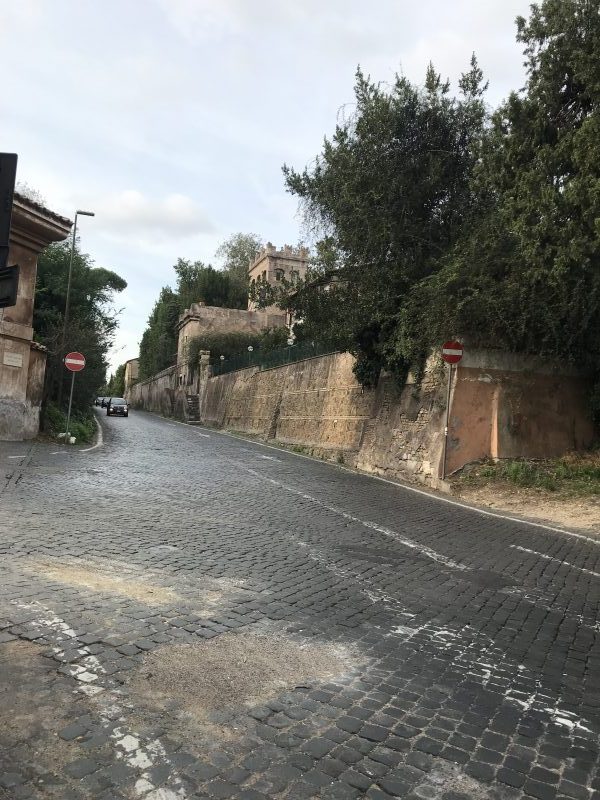
The next bus stop is at the Catacombes di San Sebastiano, where I went walking from San Callisto, as they are only six minutes away.
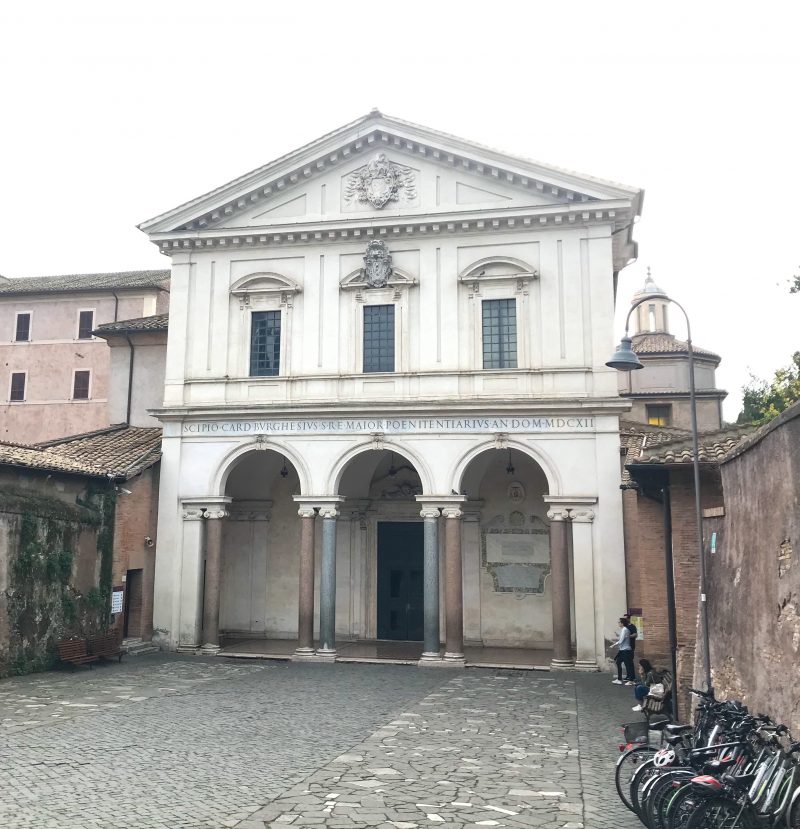
In the church I found something unexpected, what seems to be the last work of our friend Bernini, “Salvator Mundi” 1679, this fabulous bust of Jesus.
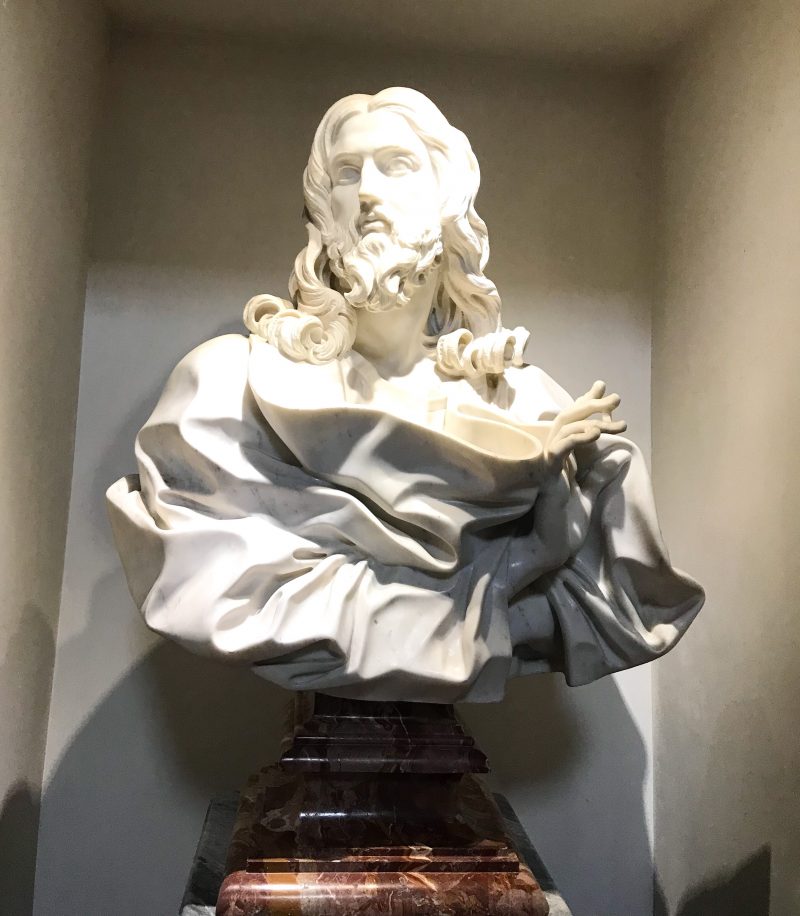
Various relics & other pieces of art are found also in the church near the entrance of the catacombs, as well as sarcophagus & pieces of inscriptions which belong on the tombs.
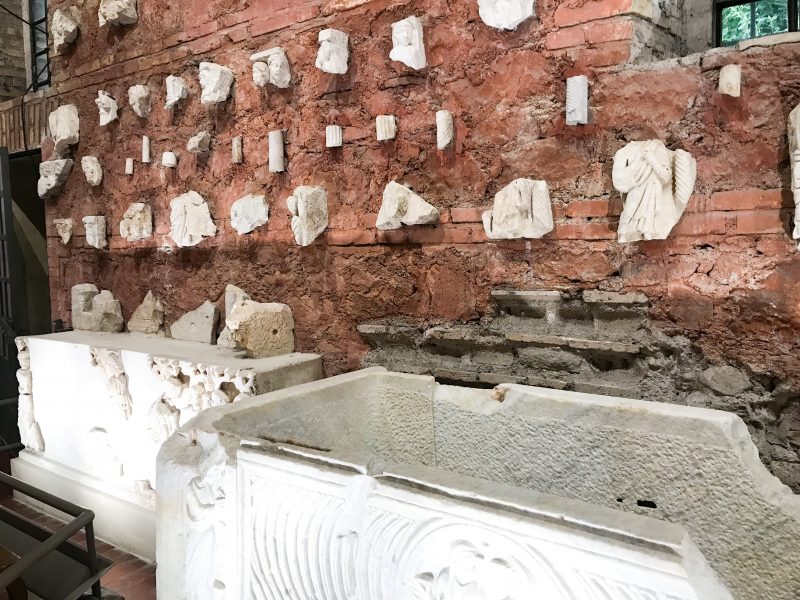
I went back by bus to the metro, the same ticket is valid for both, once you tick it it lasts for a hundred minutes. I recommend you buy the ticket in the metro station, as they don’t sell them on the buses, until it’s validated it doesn’t start running, so you can buy a few & use them in another moment or day.
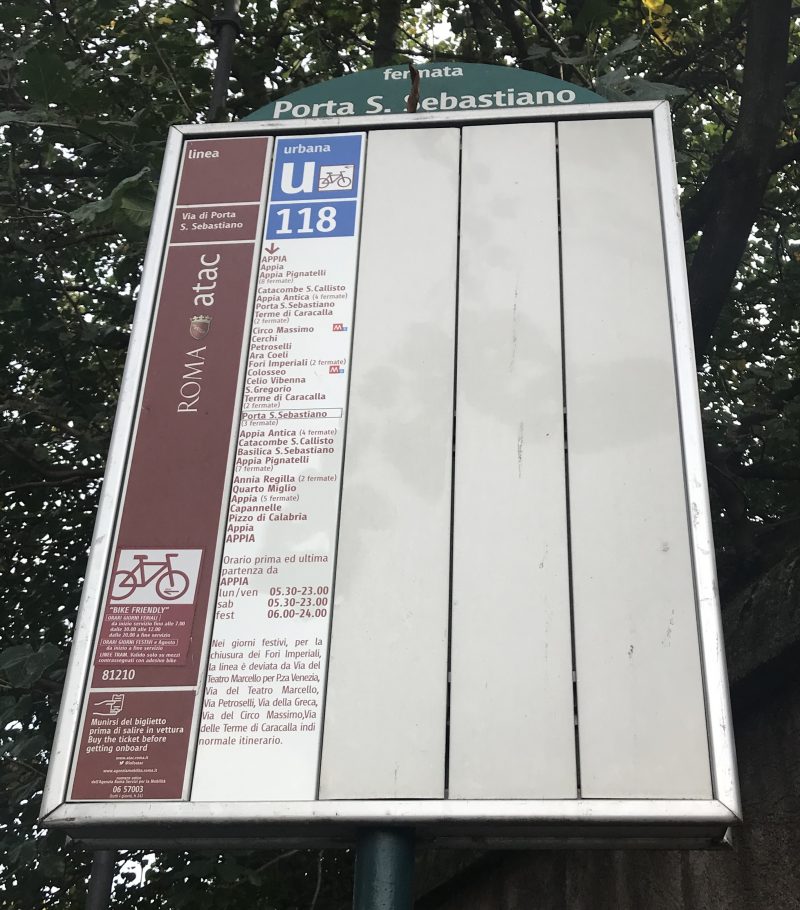
I cannot think of a better travel companion than Scipione & the second book of the trilogy, “The dammed legions” also by Santiago Posteguillo. In this book Scipione is already in his adulthood on the way of becoming a great general of the Roman army, but in order to do that he still has to win a few more battles. He will achieve his first victory when he conquers the highly fortified Cartago Nova in Hispania.
The legions called “the dammed ones” will be part of the adventure of this amazing & intelligent military strategist; with them under his orders he will head for Africa where the battle of Zama will take place.
Meanwhile Hannibal has arrived at the Italic peninsula, he menaces Rome arriving at its very gates.
The Senate names consuls to put in front of the Roman legions, whilst the internal discussions between the different groups of the curia are still manipulated by a skilled hand who sees in the Scipiones the worst of the enemies of Rome, even worst than Hannibal.
Another very addictive narrative that has taught me a lot about the history of Rome whilst I was wandering its streets.
